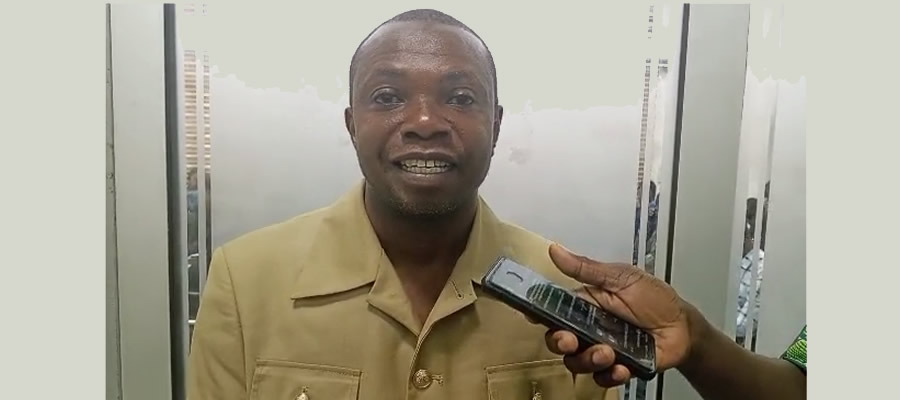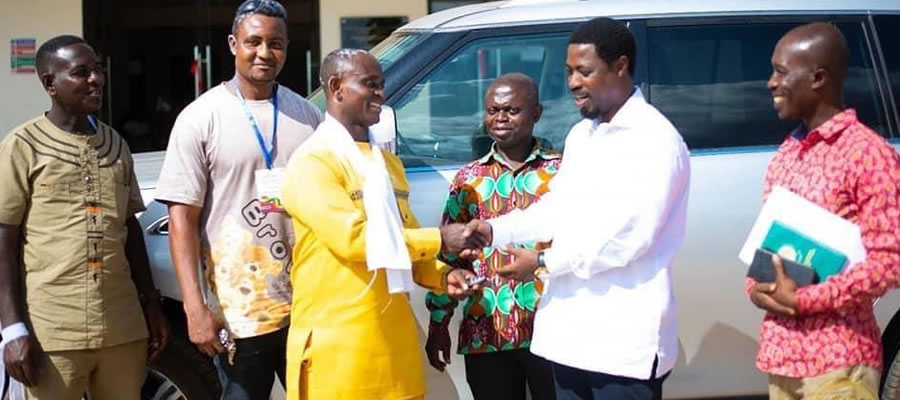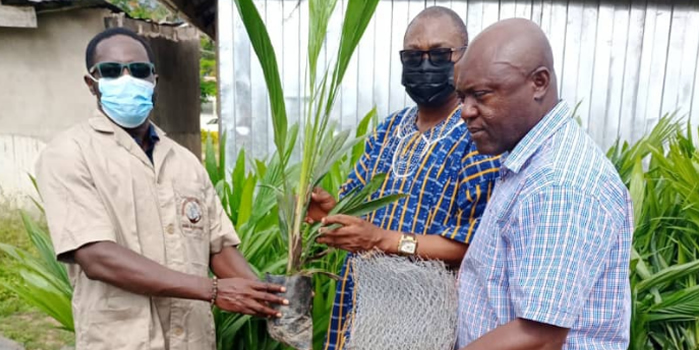

i. Access to Potable Water
The table 31 shows the distribution of households according to main source of water for drinking. Bore-hole/Pump/Tube well, pipe-borne water and Public tap/Standpipe are the major sources of water for drinking in the district. A percentage of 7.2 also rely on River/Stream as a source of water for drinking.
Most rural households (39.9%) depend on Bore-hole/Pump/Tube well for drinking as against 12.8 per cent in the urban areas. However just a little above 3 per cent in the rural areas have Pipe-borne inside their dwellings as a source of water for drinking.
The availability of and accessibility to improved drinking water is an important aspect of the health of household members. Water sources are often classified as ‘improved’ or ‘unimproved’: Sources considered as improved are piped public water into homes, public standpipe, borehole, protected (lined) dug well, protected spring, and rainwater collection; unimproved are unprotected wells and springs, vendors, and tanker-trucks (WHO and UNICEF, 2000).
ii. Waste Management
Solid waste can be a health hazard if not properly disposed of. Seven out of every ten households (70.6%) of households in the district dispose of solid waste at a public dump (open space) with urban (62.8%) and rural (73.9%) and 5.9 per cent dispose of waste indiscriminately. Burning of solid waste as a method of disposal is one of the least used method with a percentage of household below 5 per cent that use this method.
The introduction of waste management systems where vehicles are used to collect waste from households for disposal has also gained a bit of popularity in the Municipality. About 1,195 households (4.3%) patronize the collection of solid waste from their households. About 5.6 per cent are in the urban areas and 3.7 per cent are in the rural areas.
Liquid waste is produced as a result of cooking, bathing and washing, among others. If it is not properly disposed of it could lead to widespread of diseases such as malaria, cholera. Disposing of liquid waste onto the streets is identified as the common method (43.8%) of liquid disposal in the Municipality. In the rural areas of the districts almost half of households 43.4 per cent throw their liquid waste unto the streets, whilst 44.6 per cent of the urban dwellers also use this method.
Nearly 37 per cent of the households in the Municipality dispose of liquid waste into gutters, (39.3%) in the rural areas (31.2%) in the urban areas. The best way of disposing of liquid waste, however, is the use of the sewerage system. However, this is low in the Municipality with only 2.0 per cent of households using the sewerage system perhaps it is least commonly found in the Municipality.
Waste management remains a challenge to the Municipality Assembly particularly sachet water products. This is due to inadequate funds, logistics and environmental health staff to effectively manage waste in the district. Refuse Disposal in most communities in the Municipality is still at the crude stage where solid and liquid wastes are dumped in the open at designated sites. In the light of this, the Municipality in collaboration with Zoomlion Ghana Limited, a private waste collection and management company has embarked upon a regular or daily cleaning of major towns particularly area councils’ capitals and the main district capital to rid it of waste.
Date Created : 11/19/2017 3:56:57 AM













 facebook
facebook
 twitter
twitter
 Youtube
Youtube
 +233 593 831 280
+233 593 831 280 0800 430 430
0800 430 430 GPS: GE-231-4383
GPS: GE-231-4383 info@ghanadistricts.com
info@ghanadistricts.com Box GP1044, Accra, Ghana
Box GP1044, Accra, Ghana